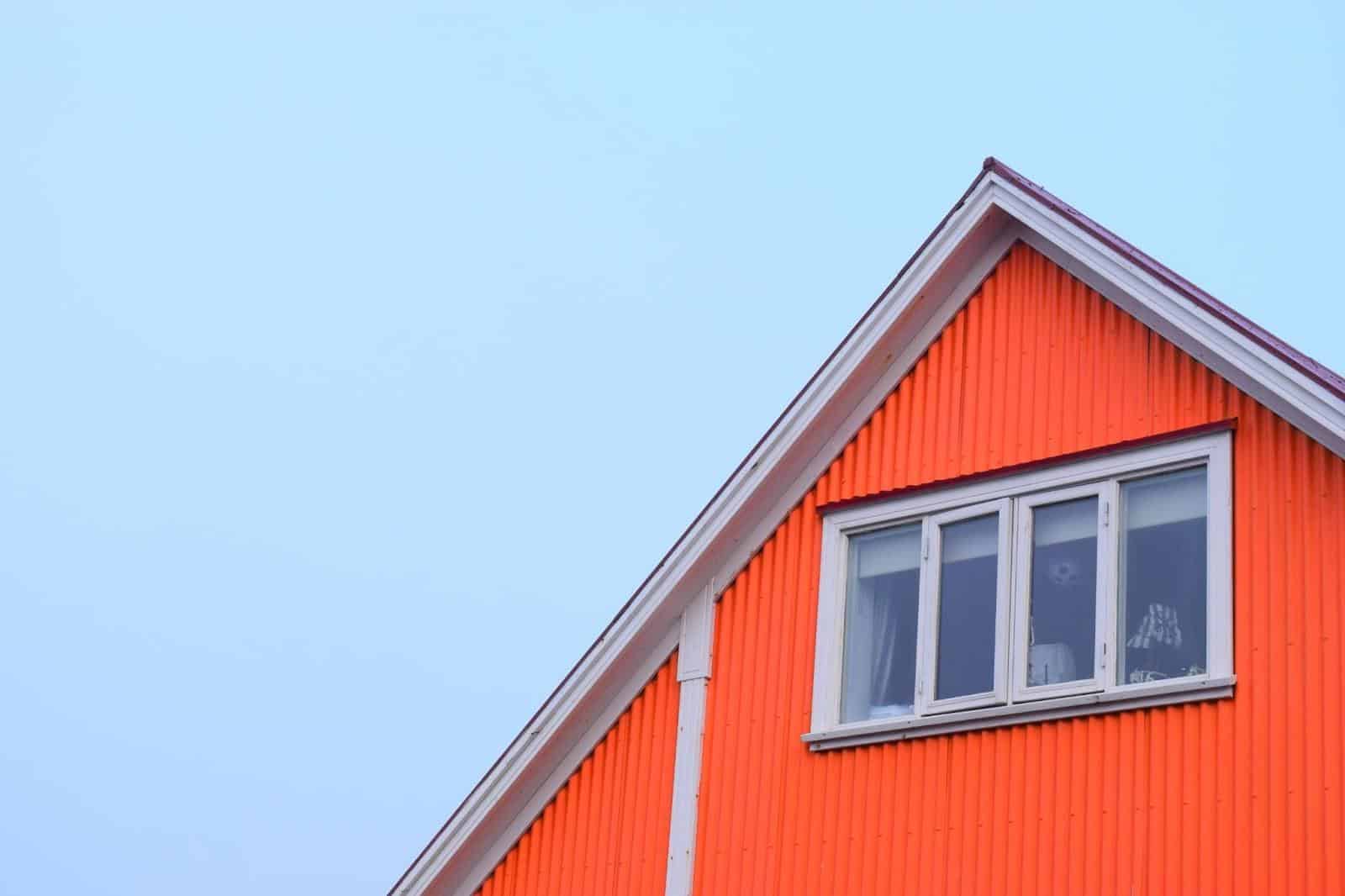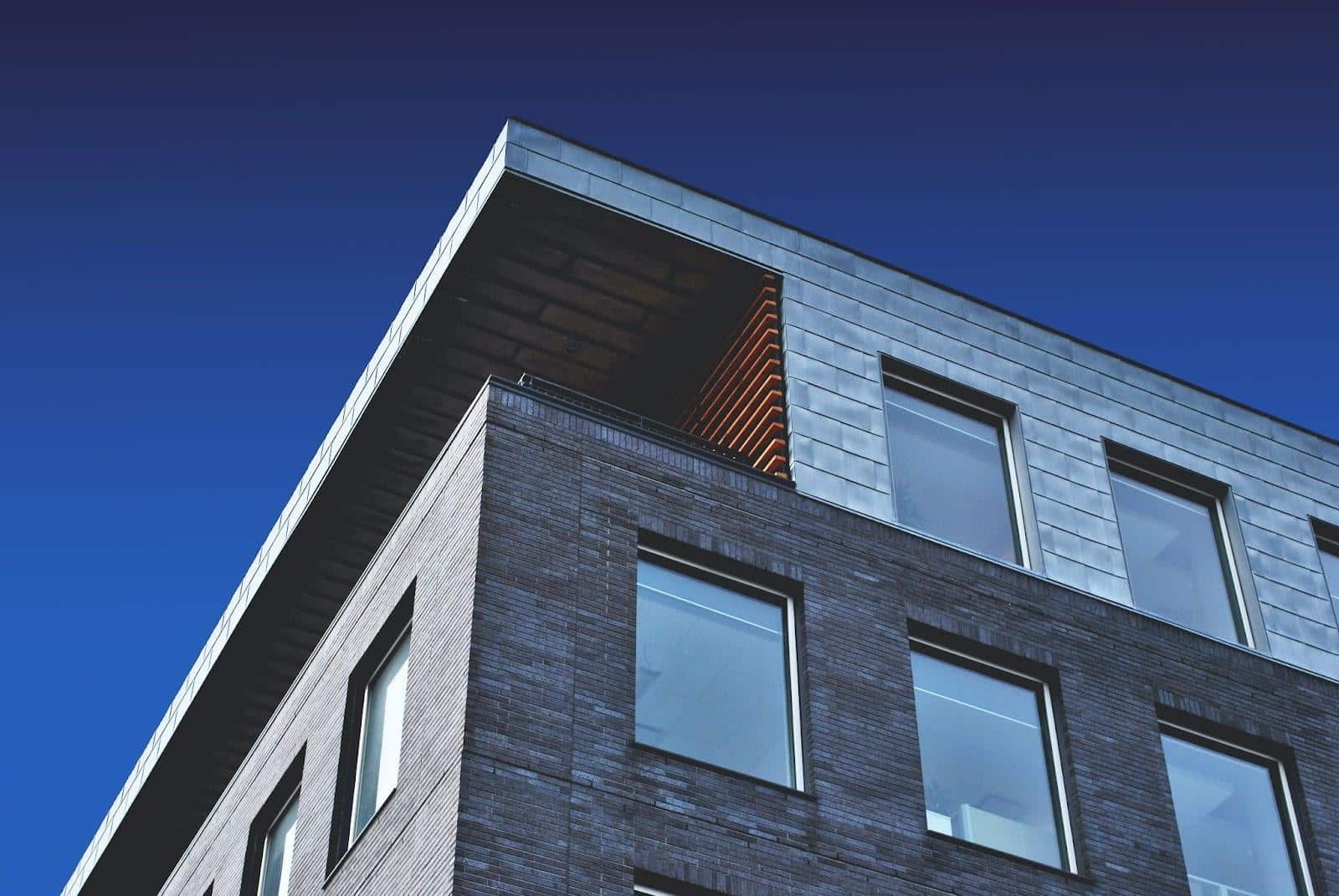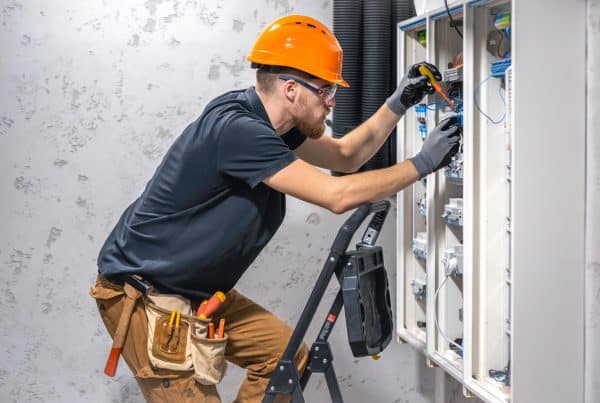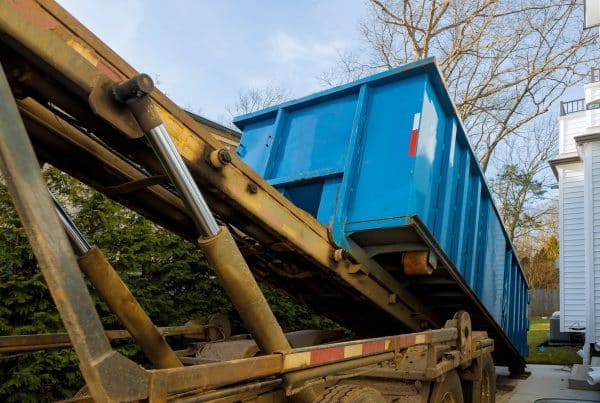Budget is one of the most restricting elements of any architectural undertaking. In fact, having a limited budget can make building your dream home a challenge. There are many design and construction considerations that affect your project’s cost, so it’s essential to know about them early on to avoid disappointment later.
We’ve decided to highlight some creative ideas for high-quality architectural solutions on a tight budget.
Start with the Building Site
Earthworks on a parcel of land can be costly. But what is a parcel of land exactly? The term describes a larger, precise area of land with well-delineated limits. If the contractors need to blast through rock, cut down trees, or install drainage on the parcel, your expenses will rapidly increase. Conversely, these costs would be more reasonable if you’re developing a small lot of land.
Don’t forget to also account for the price of establishing public utilities and services. Unless you want to live off the grid, you can usually find affordable building sites in subdivisions with connections to public water, gas, and electricity lines.
Choose the Building’s Shape Carefully
Building curves, triangles, trapezoids, and other complex shapes not only takes a lot of time, but it’s also very expensive. Choosing a basic building shape will impact the entire construction process, saving money and helping you stay within your budget. Pick a floor plan that is square or rectangular, and steer clear of complex rooflines and cathedral ceilings.
Opt for a Multi-Storey House
Consider building a house with two or three stories rather than a single level that sprawls across the lot. The living space in the higher house will be the same, but its roof and foundation will be smaller. In multi-story homes, plumbing and ventilation may also be less expensive. Keep in mind, however, that the initial construction expenses and ongoing maintenance, however, could be more expensive due to the potential need for specialized equipment, such as scaffolding or residential elevators.
Be Mindful About Material and Trade Selection
Utilizing fewer materials is another way to keep costs down. For example, consider cladding the structure’s exterior with a single type of material, like wood. Since you’d only need to hire a carpenter, controlling costs is simpler than it would be for a dwelling or implementing different materials like masonry, render, and metal.
Go for a Simple Roof Design
A simple design decision, like the roof’s shape, might have a significant financial impact. A building’s roof acts as a cap to keep water out of your house. And the fancier that cap is, the higher the cost. In other words, the more hips, valleys, gutters, downpipes, and flashings the roof has, the more it will cost. Choosing a flat roof with a straightforward design that drains in one direction will reduce costs.
Leverage Standardization
Standardization is the key to how high-volume builders can construct homes within a precise budget. Almost all building materials, including windows, doors, kitchen cabinets, and floor coverings, are readily available. Of course, these things can also be individually and specially made for you, but they will cost more.
By requesting your designer to choose products that are readily available for reasonable prices without sacrificing the overall design, you can make significant financial savings. If you still want to add a touch of individuality, ask for a combination of standard and custom designs.
Prioritize
Consider your project’s brief carefully and decide what matters most to you. For example, the heart of the home is the kitchen, which is used daily compared to guests’ bedrooms and bathrooms which may only be used occasionally. So, think twice about whether you really need a big guest suite when you can have guests sleeping on a pull-out couch and use the family toilet.
Perhaps spending the money on the ideal kitchen or a covered outdoor room where the family can spend the summer would be a better choice. Similarly, consider whether having a spacious garage is the smartest move. It may be better to invest in high-quality insulation and central heating rather than a space to keep your cars dry.

Final Thoughts
You can still build the home of your dreams even if you’re on a tight budget. As a property owner, you should choose smaller footprints, straightforward design, and wise material selection, you can significantly reduce building expenses. Hopefully, these suggestions have given you a better idea of how to cut costs without compromising beauty and comfort.








